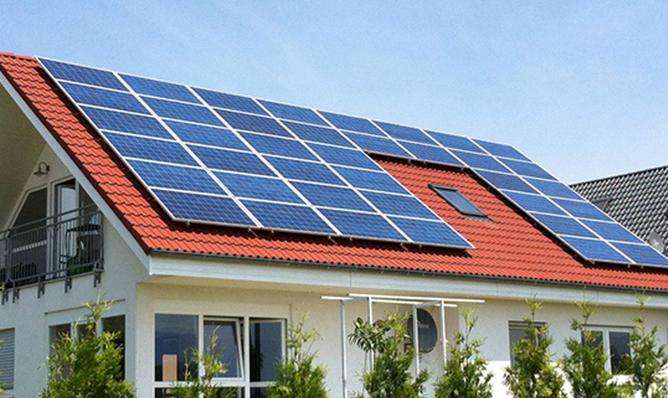Environmentally friendly: Reducing carbon dioxide emissions and mitigating climate change are the most important benefits of wind power generation. And there are none of the pollutants produced by other fossil fuels and nuclear power.
Achieving the energy balance: a wind turbine with a lifespan of 20 years will only produce carbon dioxide three to six months after its production, installation and commissioning, but will not create any environmental impact for the next 19 years.
Quick installation: Building a wind farm takes just a few weeks and involves large cranes to install the turbine towers, machine rooms and blades on reinforced concrete foundations.
A reliable, renewable resource: Wind power drives turbines for free and is not affected by fossil fuel prices. Wind energy has also notno longer needs to be mined, drilled or transported to power plants like fossil fuels. Global fossil fuel prices are rising, while the cost of wind power is falling.
In addition, in some large projects, the availability rate of medium-sized generators reaches 98%, which means that only 2% is used for maintenance, which is much better than the performance of conventional energy. stations.
What are the advantages of wind turbines? It is best to use around 300 words...
Advantages:
1. Plant pollen and seeds help plants pollinate and reproduce.
2. Moderate wind speed plays an important role in improving the environmental conditions of agricultural land. Near-surface heat exchange, evapotranspiration from agricultural land, and carbon dioxide and oxygen transport processes inair speeds up or intensifies as wind speed increases.
3. Wind power is a clean energy source. Wind installations have become more advanced, mass production has reduced costs, and in the right places, wind power is now cheaper than other generators.
Disadvantages:
1. Spread of pathogens and spread of plant diseases. High-altitude winds are the weather conditions that allow pests such as armyworms, rice leafhoppers, rice leafrollers and migratory locusts to migrate long distances.
2. Strong winds can cause mechanical scratching of leaves, lodging of crops, broken trees and falling flowers and fruits, thereby affecting yields.
3. Strong winds also cause soil erosion, shift sand dunes and damage landagricultural. Indiscriminate reclamation of drylands will lead to land desertification due to wind. Strong winds and snowstorms in pastoral areas can disperse herds and worsen frost damage.
/iknow-pic.cdn.bcebos.com/d52a2834349b033bdd9708dc1bce36d3d539bd9d"target="_blank" title=""class="ikqb_img_alink">/iknow-pic.cdn.bcebos.com/d52a2834349b033bdd9708 bce36d3d539bd9d?x - bce-process=image%2Fresize%2Cm_lfit%2Cw_600%2Ch_800%2Climit_1%2Fquality%2Cq_85%2Fformat%2Cf_auto"esrc="https://iknow-pic.cdn.bcebos.com/d52a2834349b033bdd9708dc1bce36d3d539bd9 d"/>
Detailed information:
Related issues to the use of wind energy
Regardless of the type of wind turbine used, choosing the installation location is very important. Proper site selection can not only reduce equipment and maintenance costs, but alsoly avoid accidents in addition to taking into account the wind conditions of the installation location, the effects of other natural conditions, such as lightning strikes and. ice, salt spray and sand dust, etc. must also be taken into account.
People generally think that using wind energy is pollution-free for the environment. However, as the understanding of environmental protection broadens. and more broadly, wind turbines must be taken into account when using wind energy. The negative effects on the environment are mainly reflected in the following aspects:
1. The sound of wind turbines;
2. Damage to birds;
3. Impact on the landscape
4. Interference on communication
References:
1. Clean and good environmental benefits; 2. Renewable and never exhausted; 3. Short infrastructure construction cycle; 4. Flexible installed capacity scale.
Wind resources are inexhaustible. Using wind energy to generate electricity can reduce environmental pollution and save conventional energy sources such. than coal and oil Wind power generation technology is mature, its cost is relatively low among renewable energy sources, and its development prospects are broad. Wind technology can be applied flexibly and can be. operated on the grid or independent of the grid It can also form a complementary electricity generation system with other energy technologies. The operating model of wind farms can complement the.electricity from the national grid, and small wind turbines can provide productive and vital energy to remote areas.














